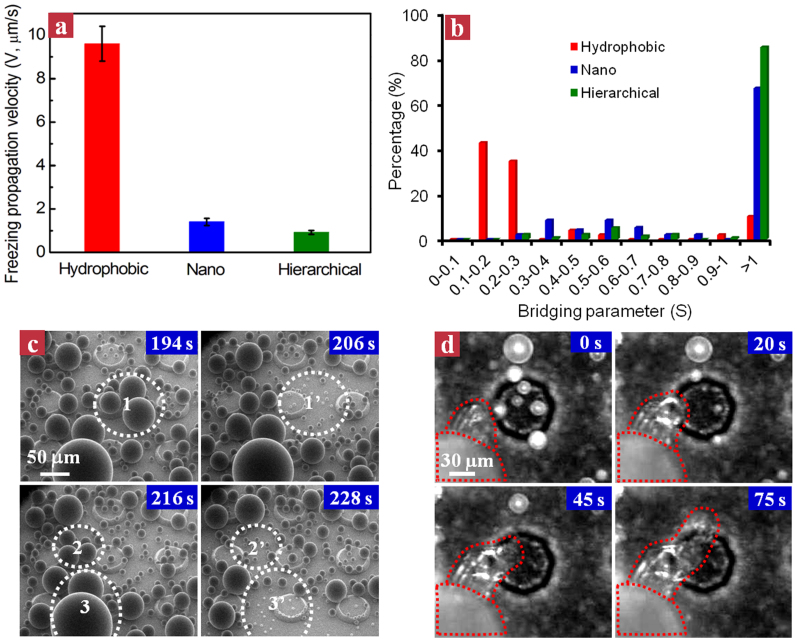Figure 3. The effects of micro/nanoscale roughness on the suppression of inter-droplet freezing wave propagation.
(a) Diagram showing the inter-droplet freezing wave propagation velocities on the hydrophobic, nanograssed and hierarchical surfaces. (b) Histogram of the bridging parameter S on three surfaces during the freezing front propagation process. The hierarchical surface exhibits the largest percentage of droplets with S > 1 (~85%), revealing that the majority of droplets completely evaporate rather than forming an ice bridging with the invading freezing front. (c) Time-lapse ESEM images of condensation on the hierarchical surface. We observed that more than 90% of the droplet departure takes place on the convex corners (see the white dashed circles). (d) Selected snapshots showing the inter-droplet freezing front propagation on a single micro-truncated cone. In order to freeze neighboring liquid droplets that are localized on or behind an inclined cone, the freezing front has to trespass an additional geometric barrier, extending the actual propagation distance (L).

